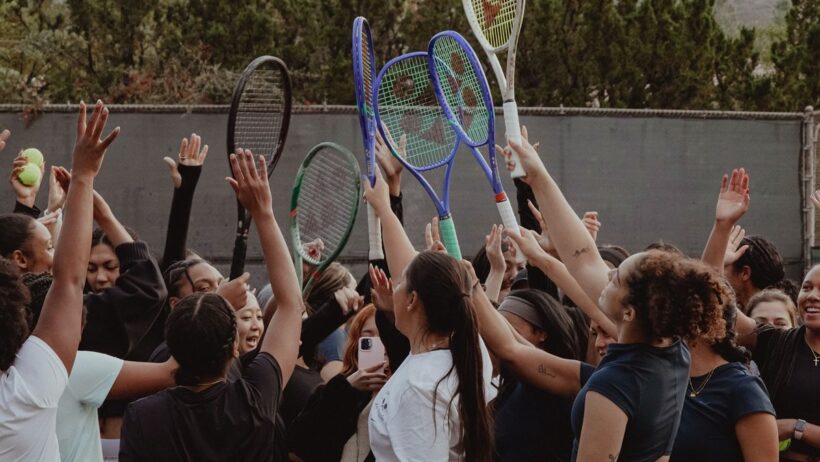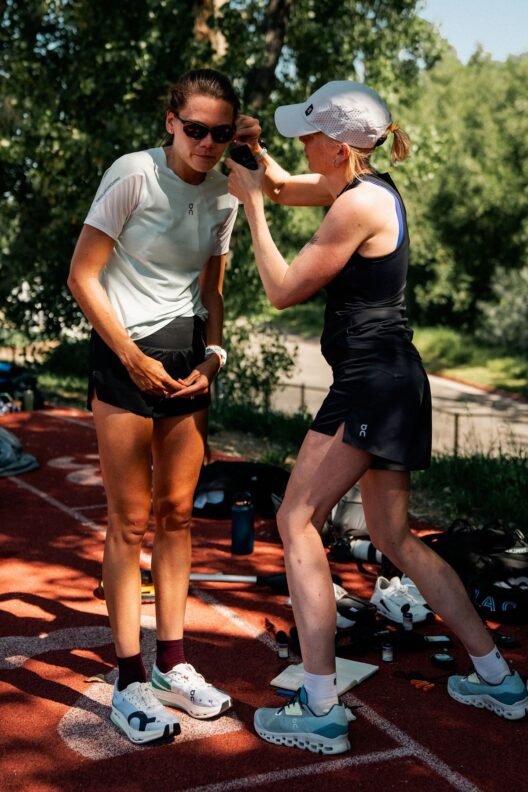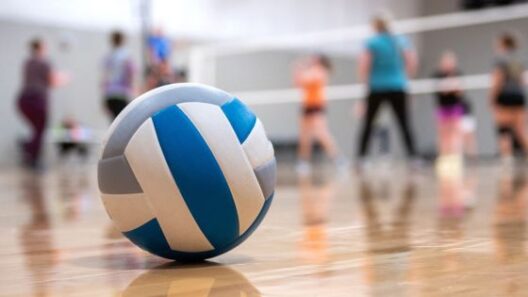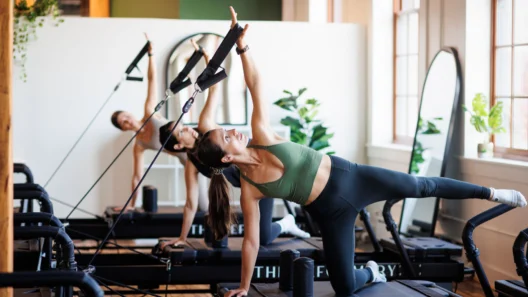Welcome to the ultimate guide for training your body for the beautiful, brutal game of tennis! If you love the feeling of a clean winner, the satisfying thwack of a perfectly struck serve, or the adrenaline rush of a match tie-break, you already know that tennis isn’t just about technique—it’s a demanding, full-body sport.
You need the rotational power of a discus thrower, the explosive speed of a sprinter, and the endurance of a marathon runner, all packed into a two-hour battle under the sun. That sounds intense, but don’t worry! This guide is your friendly roadmap to training smart, avoiding injury, and making sure your fitness is always ready to match your ambition on the court.
Forget endless, generic jogging. We’re diving into specific, powerful exercises designed to build an athletic engine ready for quick sprints, powerful groundstrokes, and stable volleys. Let’s make sure you’re not just playing tennis; you’re dominating it!
Part 1: The Non-Negotiables – Warm-up and Mobility
Before you pick up a racket or even a dumbbell, you must make friends with your warm-up. A proper dynamic warm-up is your body’s preparation for the explosive movements of tennis. It tells your muscles, joints, and nervous system: “It’s game time!”
We’re focusing on two critical areas for tennis players: the hips (the primary drivers of power) and the thoracic spine (T-spine, essential for rotational movement in serves and forehands).
Dynamic Warm-up Essentials (5–10 minutes)
- High Knees and Butt Kicks: These wake up the legs and get the heart rate up, preparing you for court sprints.
- Walking Lunges with Torso Twist: This is a perfect tennis primer. As you lunge, rotate your torso over the front leg. This mobilizes the hips and the T-spine simultaneously, mimicking the body coiling for a shot.
- Leg Swings (Front/Back & Side/Side): Gentle, controlled swings increase the dynamic range of motion in the hip joint, reducing strain during those big lunging retrievals.
Key Mobility Drills for the Core
- T-Spine Rotations (Kneeling): Get on all fours, place one hand behind your head, and gently rotate your elbow up toward the ceiling. This improves the spinal rotation needed for a powerful, injury-free serve. A stiff upper back forces your lower back to twist excessively, which is a major source of pain!
- 90/90 Hip External Rotation: Sit on the ground with both legs bent, forming two 90-degree angles (one leg internally rotated, one externally). Gently lean into the externally rotated leg. This improves the essential hip flexibility that allows you to load up for groundstrokes.
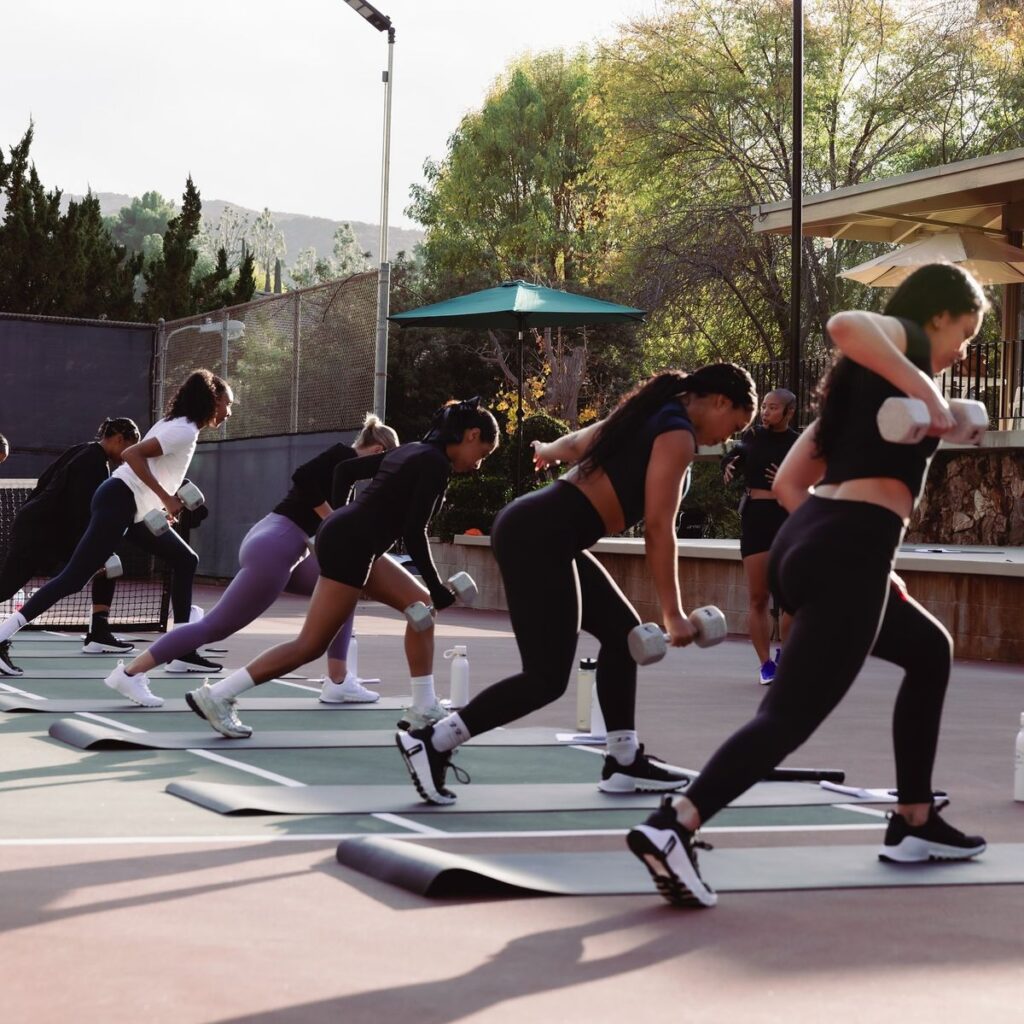
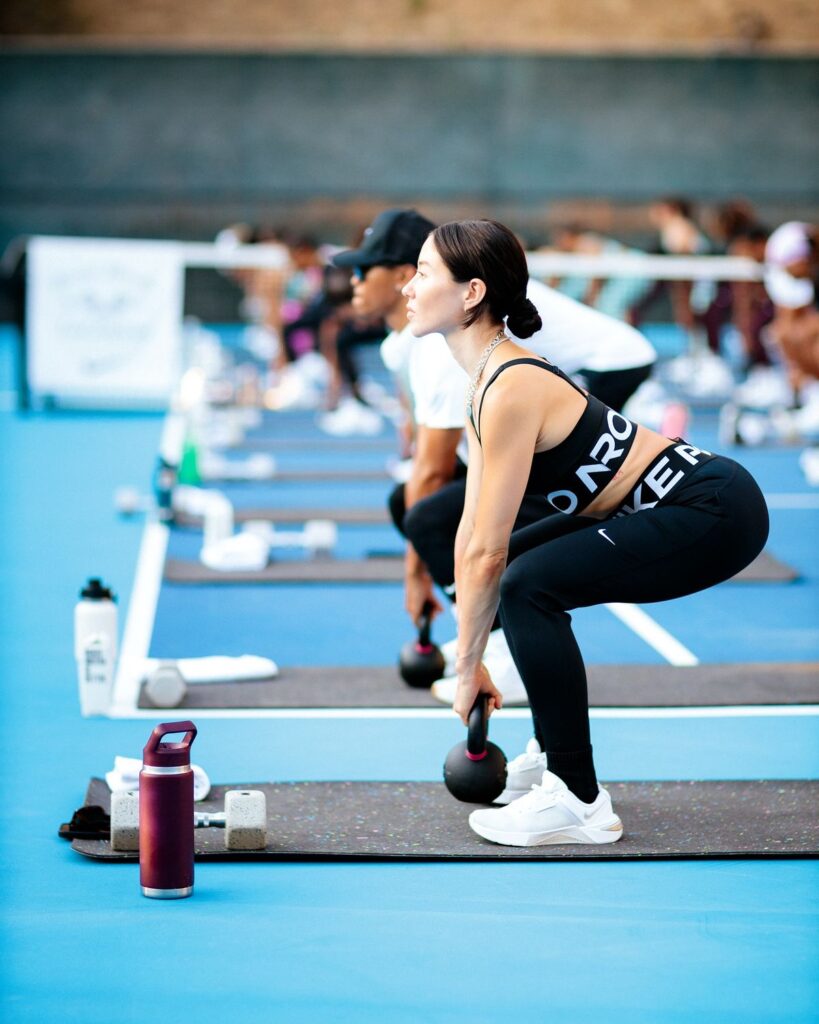
Part 2: The Tennis Engine – Core Control and Rotational Power
The core is where all tennis power originates. Your arms and legs are just the messengers; the core is the delivery system that transfers ground force (from your legs) into racket head speed (through your arms). We need to train it for stability (to hold positions) and explosion (to rotate quickly).
1. Training Core Stabilization (Anti-Rotation)
Tennis rarely requires simple crunches. It requires your core to resist being pulled, twisted, or hyperextended by the forces of your own swing.
- Pallof Press: This is the king of anti-rotation. Stand next to a cable machine (or use a resistance band anchored to a post) and press the handle straight out in front of you. The goal is to resist the rotational pull of the cable. This builds the isometric strength needed to stabilize your torso through contact with the ball.
- Farmer’s Carry: Pick up a heavy dumbbell in one hand and walk. Your core and oblique muscles have to work hard to prevent your torso from tilting sideways. This simulates the off-balance, single-sided stabilization required during volleys or reaching shots.
- Planks (Standard and Side): The classic, but crucial. Focus on keeping a perfectly straight line from head to heels. The Side Plank is particularly beneficial as it strengthens the obliques, which are major players in stabilizing the core during a swing.
2. Training Rotational Power
This is where you train the speed and snap needed for powerful serves and groundstrokes.
- Medicine Ball Rotational Throw: Stand in a coiled, ready stance (like before a forehand). Hold a heavy medicine ball and explosively twist, throwing the ball forcefully into a solid wall. This trains the rapid coiling and uncoiling of the torso, translating directly into racket speed. Friendly Tip: Focus on driving the power from your back foot and hips, not just your arms.
- Cable Woodchop (High-to-Low and Low-to-High): Using a cable machine (or band), mimic the diagonal, rotational path of your forehand and backhand swings. The High-to-Low chop simulates a topspin forehand finish, while the Low-to-High chop simulates the start of a serve or an aggressive backhand. This builds strength along the kinetic chain.
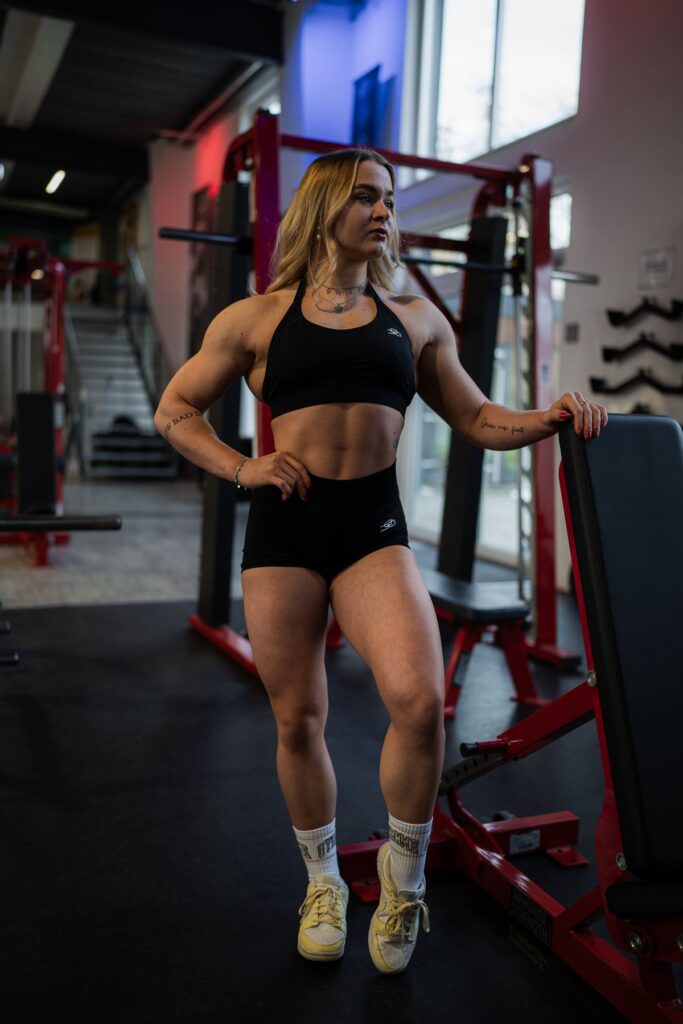
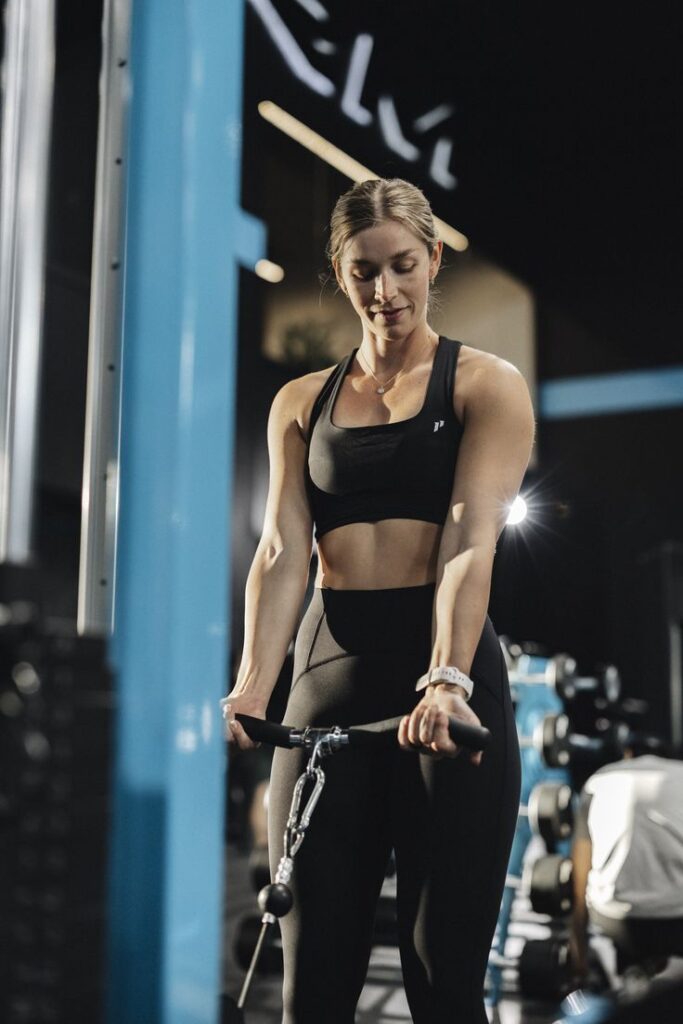
Part 3: The Engine Room – Leg Power and Lateral Speed
Tennis is a game of short bursts, quick changes of direction, and controlled landings. You need legs that are strong for pushing off and resilient for stopping suddenly.
1. Building Explosive Power (Push-Off)
- Box Jumps: Stand in front of a sturdy box and jump up, landing softly. This is pure, vertical explosion. For tennis, this translates directly to the power you generate in the jump phase of your serve. It also trains the fast-twitch muscle fibers crucial for sprinting to the net.
- Explosive Split Squats (or Jump Lunges): Start in a lunge position and jump, switching your feet in the air before landing softly. This trains single-leg power and stability, which is exactly what happens when you load up your front leg for a groundstroke. Friendly Tip: Maintain excellent form; keep your front knee tracking over your foot.
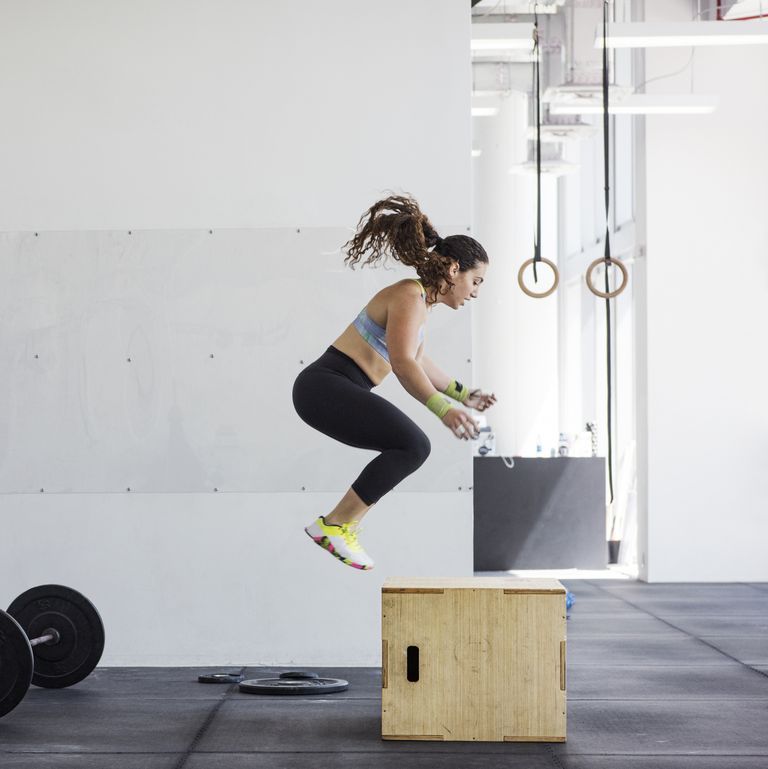
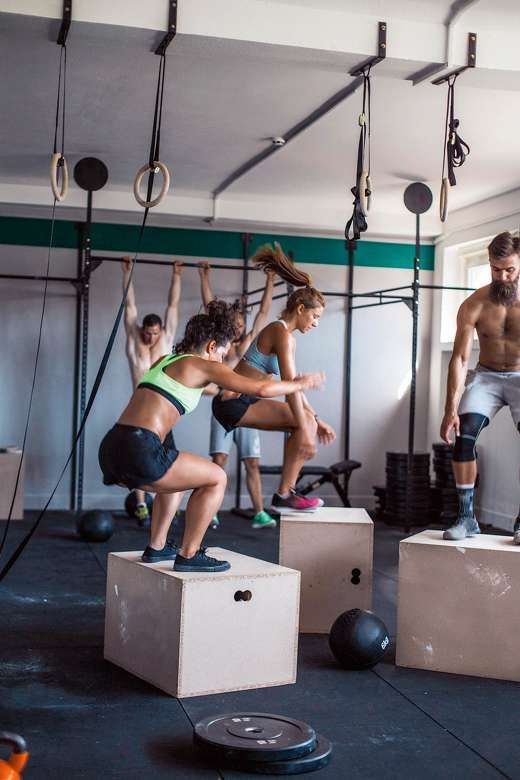
2. Mastering Lateral Movement (Stopping and Changing Direction)
You spend most of your time moving sideways or diagonally on the court. Training should reflect this.
- Lateral Bounds (Skater Jumps): Push off one leg laterally (sideways), jumping and landing on the opposite leg. The focus here is on the deceleration—sticking the landing to stabilize. This simulates the extreme push-off and stopping required to chase down a wide ball.
- Copenhagen Plank (or Side-Lying Leg Lifts): These target the hip abductors and adductors (the inner and outer thigh muscles), which are responsible for stabilizing the hip joint during lateral movement. Strong adductors help prevent groin strains when you split step and lunge.
- Agility Ladder Drills (In-and-Outs/Ickey Shuffle): These drills improve foot speed, coordination, and your body’s ability to quickly reposition the feet. They teach you to spend minimal time on the ground, making your movement on the court lighter and faster.
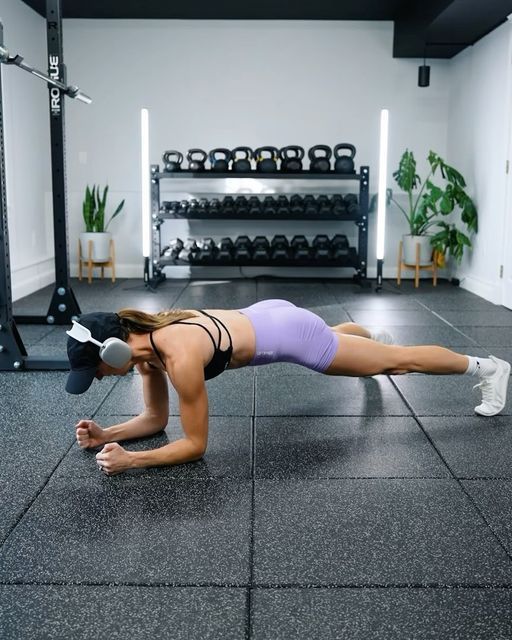
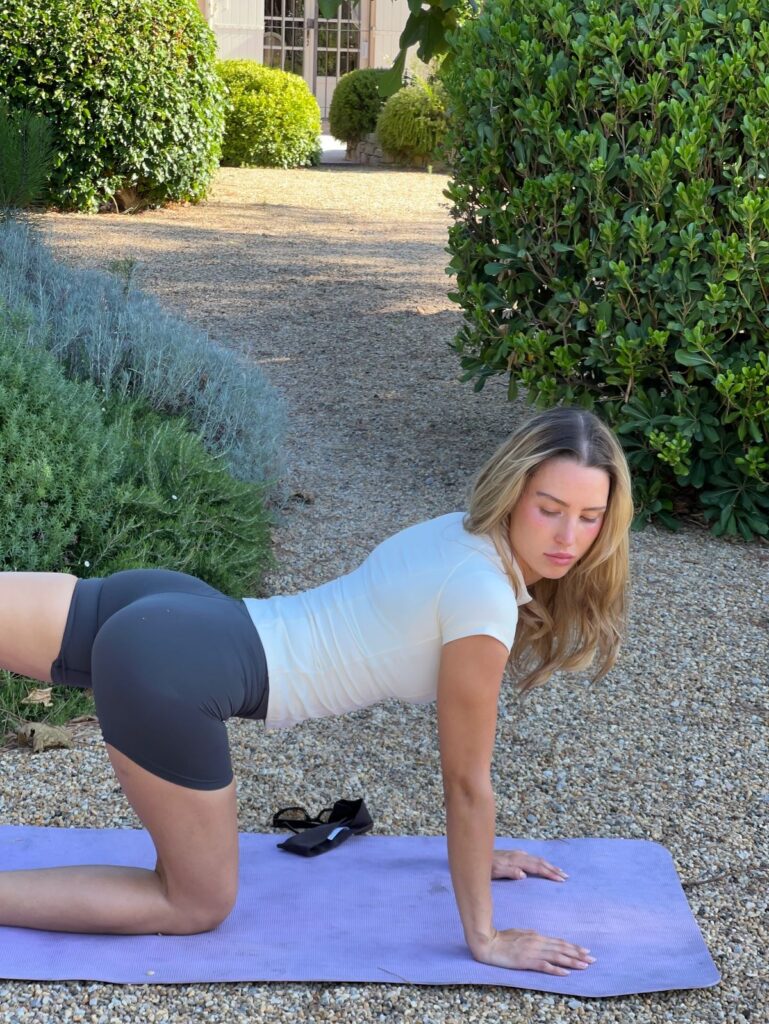
Part 4: The Finishing Touch – Upper Body Health and Resiliency
While the power comes from the core and legs, the upper body (shoulder, forearm, and grip) takes the brunt of the impact. The goal here is less about massive size and more about injury prevention, stability, and endurance.
1. Rotator Cuff and Scapular Stability
The shoulder is the most mobile joint in the body, making it susceptible to injury from repetitive overhead force (the serve). We must strengthen the stabilizers—the small muscles that hold the joint in place.
- Banded Internal and External Rotation: Use a light resistance band anchored to a post. Keeping your elbow tucked to your side, rotate your forearm inward (internal rotation) and outward (external rotation). These are essential movements for maintaining shoulder health and protecting the rotator cuff (the muscle group that stabilizes the shoulder).
- Face Pulls: Using a cable rope attachment or a band, pull the rope towards your face, finishing with your hands by your ears and your elbows flared out. This powerfully strengthens the muscles that pull your shoulders back and down (the rear deltoids and mid-back), directly counteracting the forward, rounded posture that tennis often creates.
- Dumbbell Rows (Single-Arm): Focus on pulling your shoulder blade back and squeezing your mid-back muscles. This builds the necessary pulling strength to decelerate your arm after a powerful forehand or serve, saving your shoulder joint from strain.
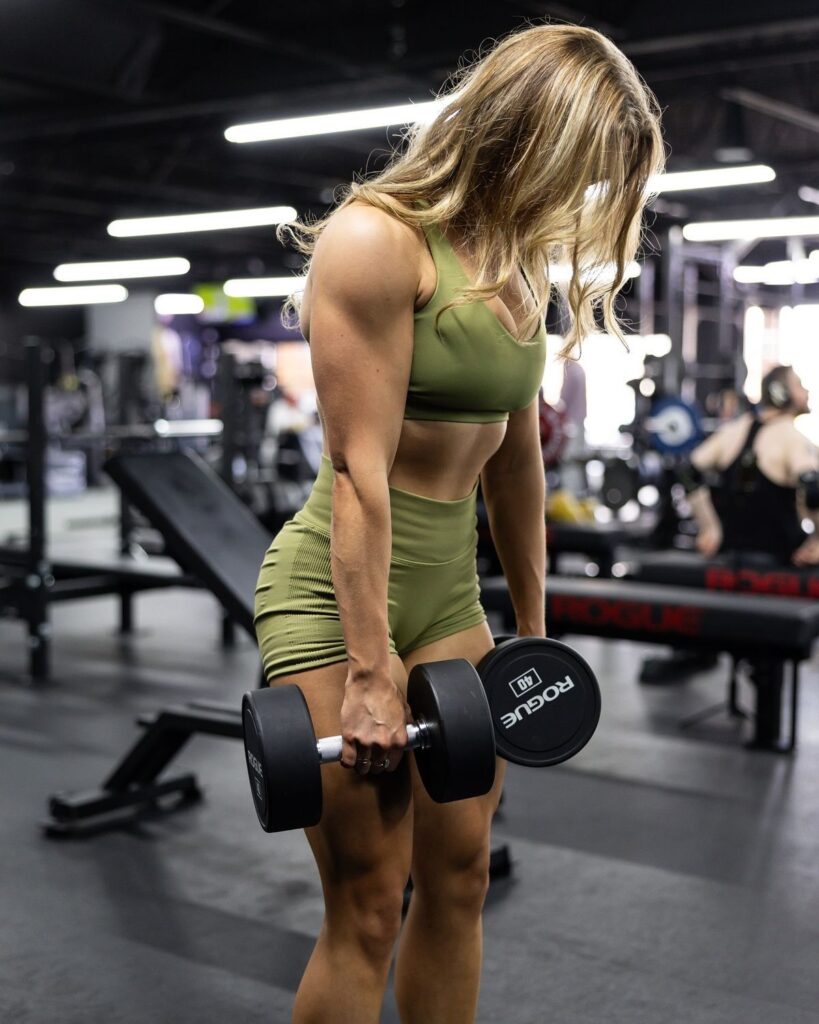
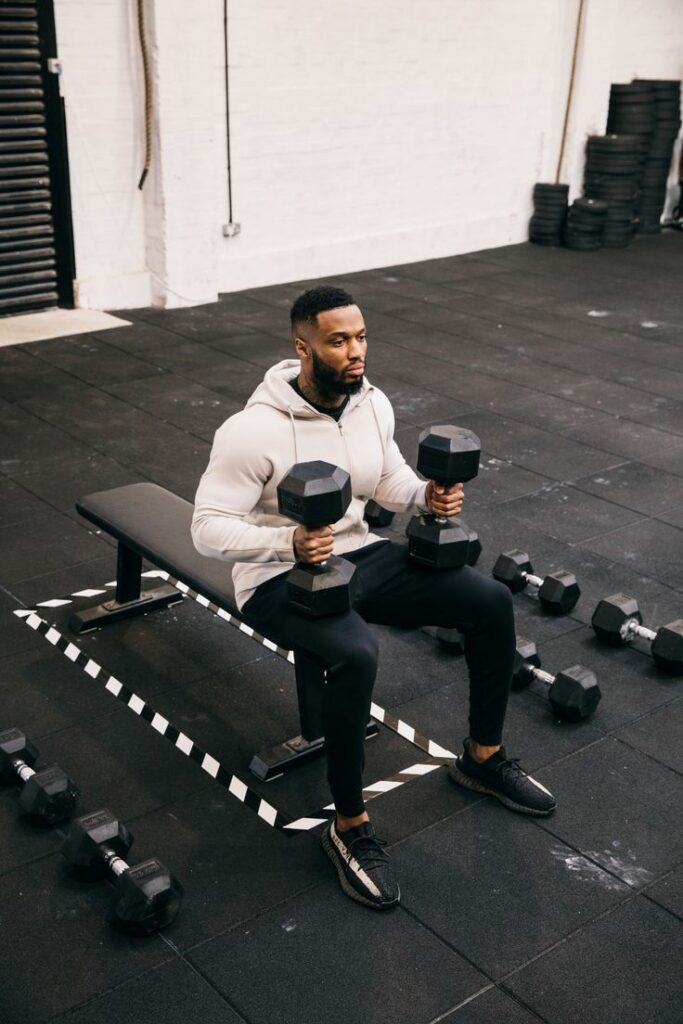
2. Forearm and Grip Strength
A strong grip doesn’t just prevent the racket from flying out of your hand; it’s fundamental to racket head control and generating topspin.
- Grip Crushers: Use a hand gripper or simply squeeze a tennis ball repeatedly. This is straightforward but highly effective for building crushing grip strength, which is vital for maintaining control during powerful contact.
- Wrist Rolls (Forearm Extensions and Flexions): Hold a light dumbbell, sit, and rest your forearm on your knee (palm up or palm down). Slowly curl your wrist up (flexion) and let it drop down (extension). These exercises build endurance and strength in the forearm muscles, which helps prevent fatigue and common issues like tennis elbow.
Part 5: Structuring Your Weekly Training
How do you fit all this goodness into a week of hitting? Simple: Dedicate two or three non-hitting days to focused strength and conditioning.
| Day | Focus | Example Exercises |
| Monday | Power & Core Rotation | Box Jumps, Med Ball Throws, Pallof Press, Woodchops |
| Tuesday | Tennis Practice/Hitting | Dynamic Warm-up Only |
| Wednesday | Lower Body Strength & Stability | Split Squats, Lateral Bounds, Farmer’s Carry, Agility Drills |
| Thursday | Tennis Practice/Hitting | Focus on drilling, light stretching after |
| Friday | Upper Body & Injury Prevention | Face Pulls, Band Rotations, Dumbbell Rows, Grip Crushers |
| Weekend | Match Play & Recovery | Match play, followed by a long, static stretch session |
Remember the Golden Rule of Training: Always start with the lowest weight or resistance and the slowest speed. Master the movement, then increase the load or the intensity. Form over Speed is the name of the game, especially in complex rotational movements.
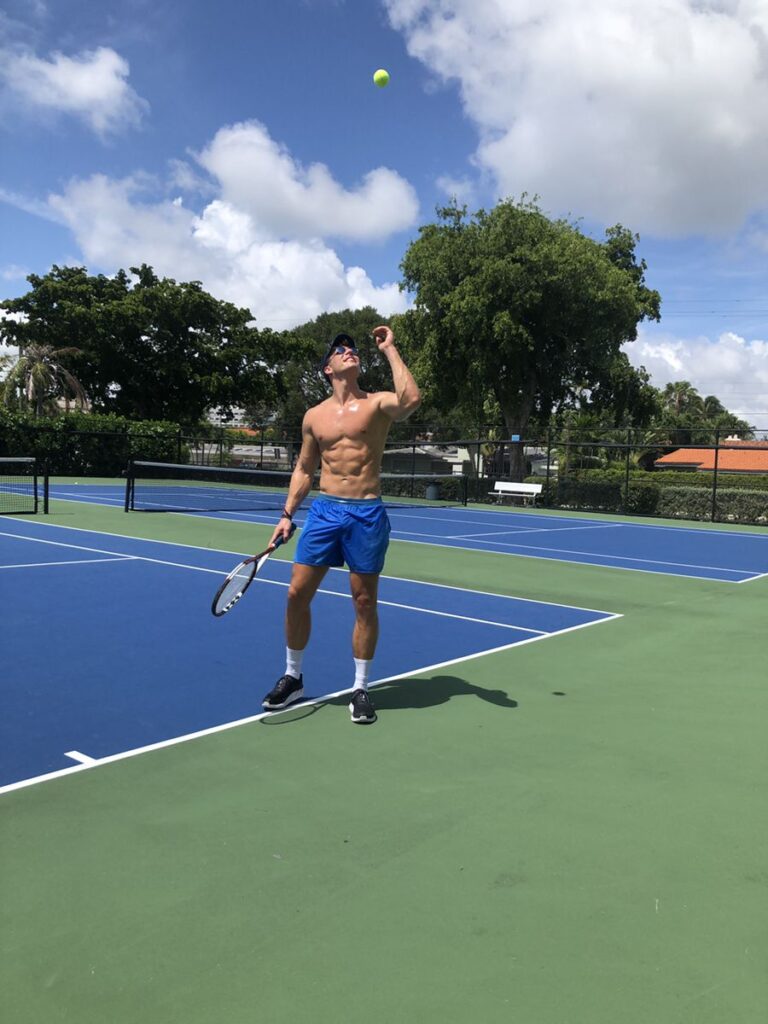
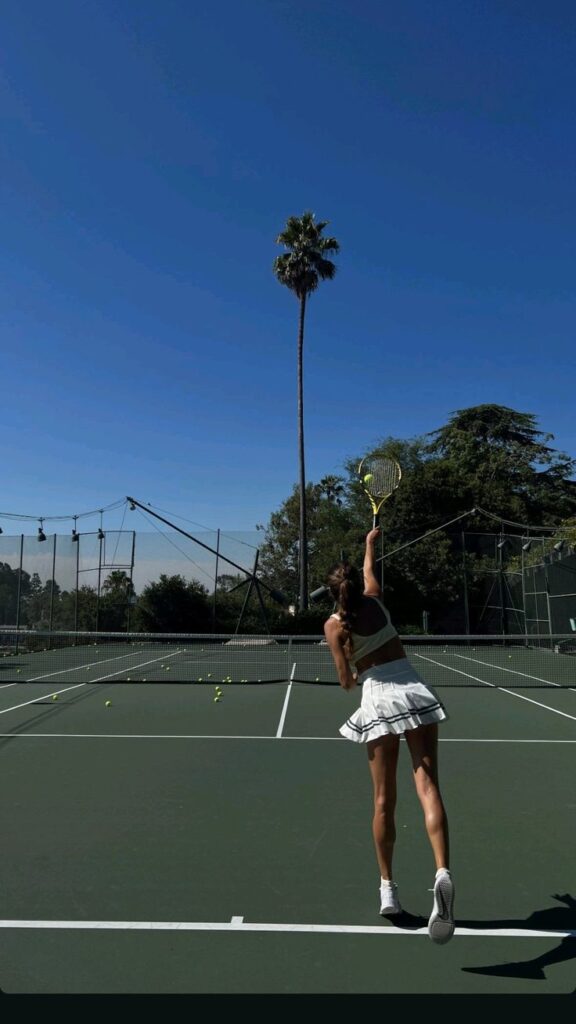
Conclusion: Play Stronger, Longer
Tennis is truly a sport for life, and by dedicating a small part of your week to smart, tennis-specific training, you are making an investment in your performance, your enjoyment, and your longevity on the court.
These exercises—focusing on hip mobility, core stability, rotational power, and shoulder health—are the secret weapons of every top player. They allow you to hit harder, move faster, and recover quicker, all while protecting your body from the strains of repetitive movement.
So, get out there, incorporate these friendly fitness boosters into your routine, and prepare to feel the incredible difference in your game. Your opponent won’t just notice your skills; they’ll notice your unstoppable athletic confidence. Now go smash it!
